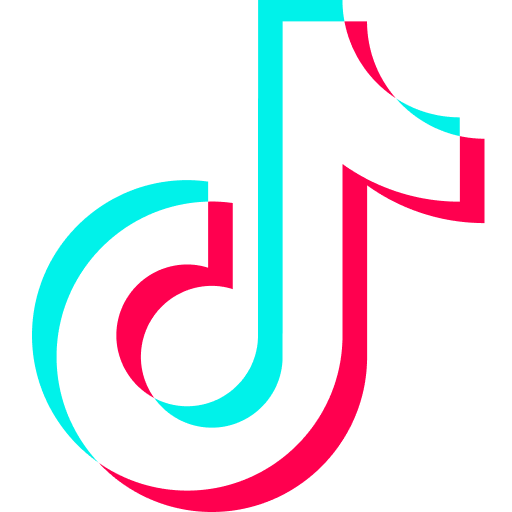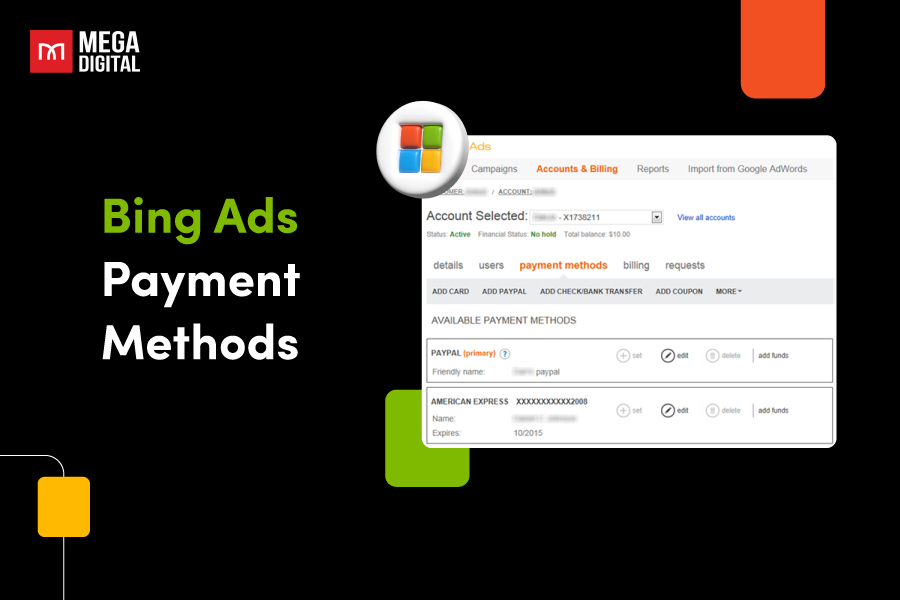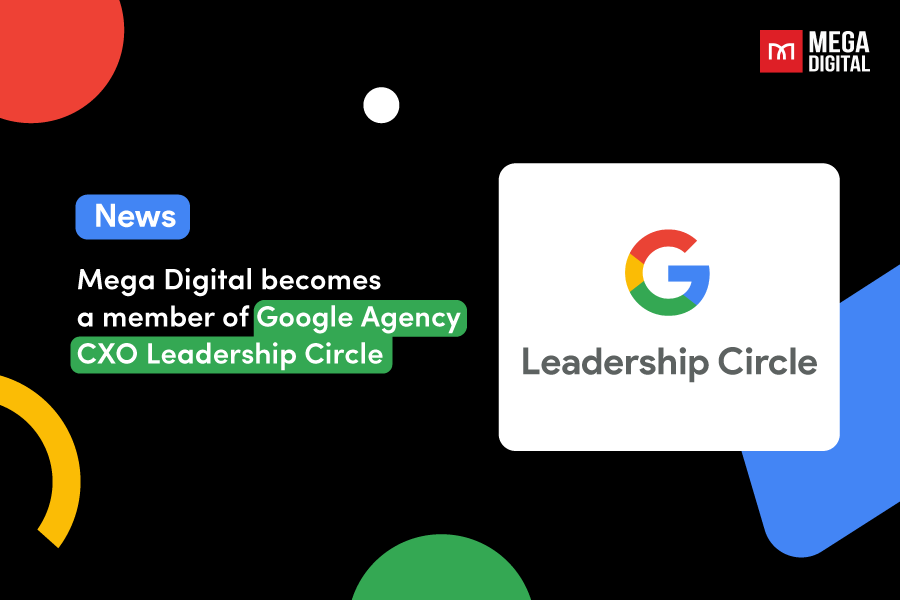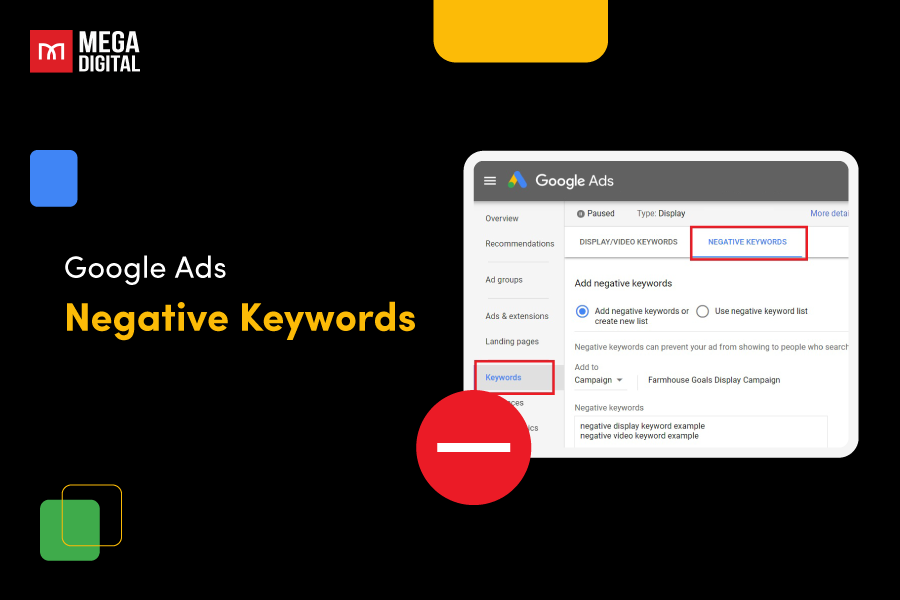Ever feel like your Facebook Ads are shouting into the void? You’ve crafted the perfect message, and targeted the ideal audience, but the clicks and conversions just aren’t there. The culprit might be timing. Believe it or not, when your ad appears, it can significantly impact its effectiveness. In this post, we’ll explore the best time to run Facebook Ads to maximize your chances of connecting with the right audience!
Contents
How does Facebook Algorithm Work?
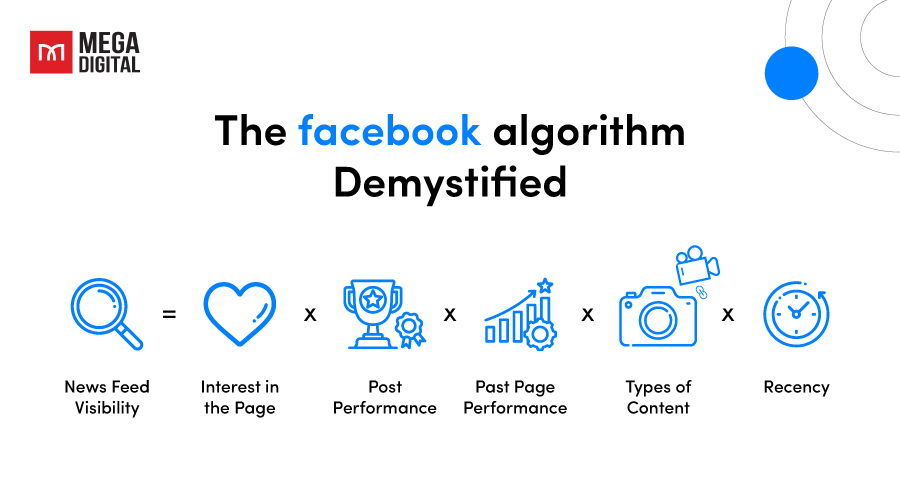
Facebook, like other social media platforms, relies on a complex algorithm to determine what content appears in your news feed. This algorithm prioritizes posts, stories, and ads based on various factors to create a personalized and engaging experience for each user. Here’s a breakdown of how it works:
Inventory (Facebook Suggestion)
The algorithm considers all the potential content you could see. The first step in Facebook’s algorithm is taking stock of all the content available to you. This “inventory” includes:
- Posts from friends and family: Updates, stories, and shares from the people you’re connected with.
- Groups you’ve joined: Content posted within groups you’re a member of.
- Pages you follow: Updates and information from brands, businesses, or public figures you’ve chosen to follow.
- Suggested content: Posts, videos, or ads that Facebook thinks you might be interested in based on your activity and profile information, even if it’s not from someone you directly follow.
- This comprehensive inventory ensures the algorithm has a wide range of content to consider when personalizing your news feed.
Signals
Facebook analyzes thousands of “signals” to understand the relevance of each piece of content for you. These signals can include:
- Your past interactions: Likes, comments, shares, and time spent viewing similar content all influence what the algorithm thinks you’ll be interested in.
- Content type: The algorithm considers whether it’s a text post, image, video, or live stream, as some formats tend to be more engaging than others.
- The source of the content: Posts from friends and family are generally prioritized over those from brands or pages you don’t interact with much.
- Timeliness: Newer content is typically shown higher in the feed to keep things fresh.
Predictions
Using the signals, the algorithm predicts how likely you are to engage with a specific piece of content. This could involve factors like commenting on the post, sharing it with your friends, or clicking on a link within it.
Relevance Score
Finally, the algorithm assigns a relevance score to each piece of content. This score determines the order in which content appears in your news feed, with the most relevant content appearing at the top.
Facebook prioritizes factors that keep users engaged on the platform, and they may adjust the algorithm based on user feedback and their business goals.
Factors Affecting Ad Scheduling
Knowing what factors could affect your ad schedule is crucial for anyone who wants to succeed on the platform, whether you’re a business owner running ads, a content creator building a following, or simply someone who wants to optimize their own experience. Here’s a breakdown of key aspects for best time to run Facebook ads:
Industry
B2B companies targeting professionals might find success with weekday schedules during work hours. B2C brands reaching consumers could see better results with evening or weekend placements.
Campaign Goals
Are you aiming for brand awareness or driving conversions? Awareness campaigns might have more flexibility in scheduling, while conversion-focused ads could benefit from targeting peak activity times for your audience.
User Behavior on Facebook
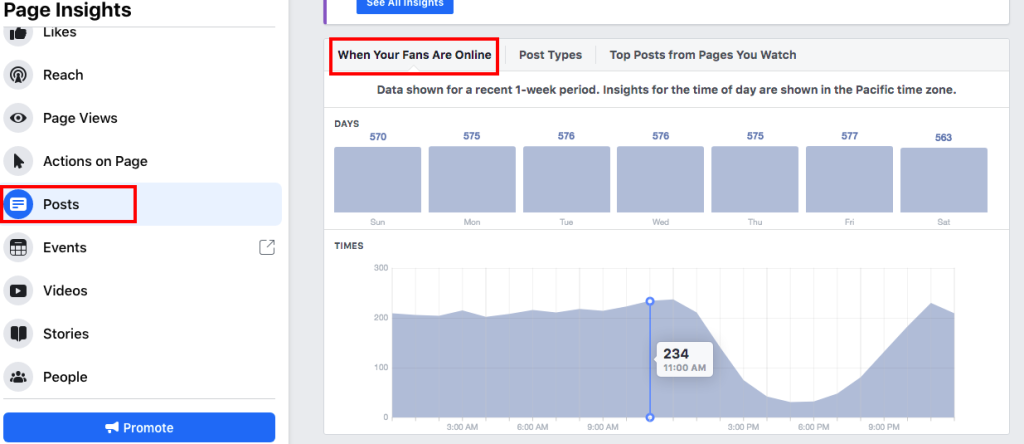
Frequency and Duration of Use
- Facebook boasts a massive daily active user base, with people logging in multiple times a day for short bursts or longer sessions.
- Usage patterns vary depending on demographics and individual preferences. Younger users might check in more frequently throughout the day with a shorter span, while older users might have dedicated browsing sessions.
Content Consumption Preferences
Nowadays, users gravitate toward content that is visually appealing, informative, or emotionally engaging.
- Images or videos tend to capture attention more effectively than text-based posts.
- Live-streamings offer a sense of authenticity and real-time interaction, boosting engagement.
- User-generated content (UGC), like personal stories and experiences, can resonate strongly with viewers.
User behavior on Facebook constantly evolves as new features and functionalities are introduced, like the rise of Facebook Stories and short-form content reflects a growing preference for more spontaneous updates.
Interaction and Engagement
Users actively engage with content they find interesting through likes, comments, and shares.
Mostly, Facebook algorithms will boost interacted content to those who have a connection with each other or share similar interests. Facebook groups provide a dedicated space for discussions and interactions around specific topics.
Motivations for Use
Users log onto Facebook for a variety of reasons, including:
- Staying connected with friends and family.
- Consuming news and information.
- Discovering and exploring new interests and hobbies.
- Entertaining themselves with funny videos or memes.
- Participating in online communities and discussions.
What is the Best Time to Run Facebook Ads for Your Businesses?
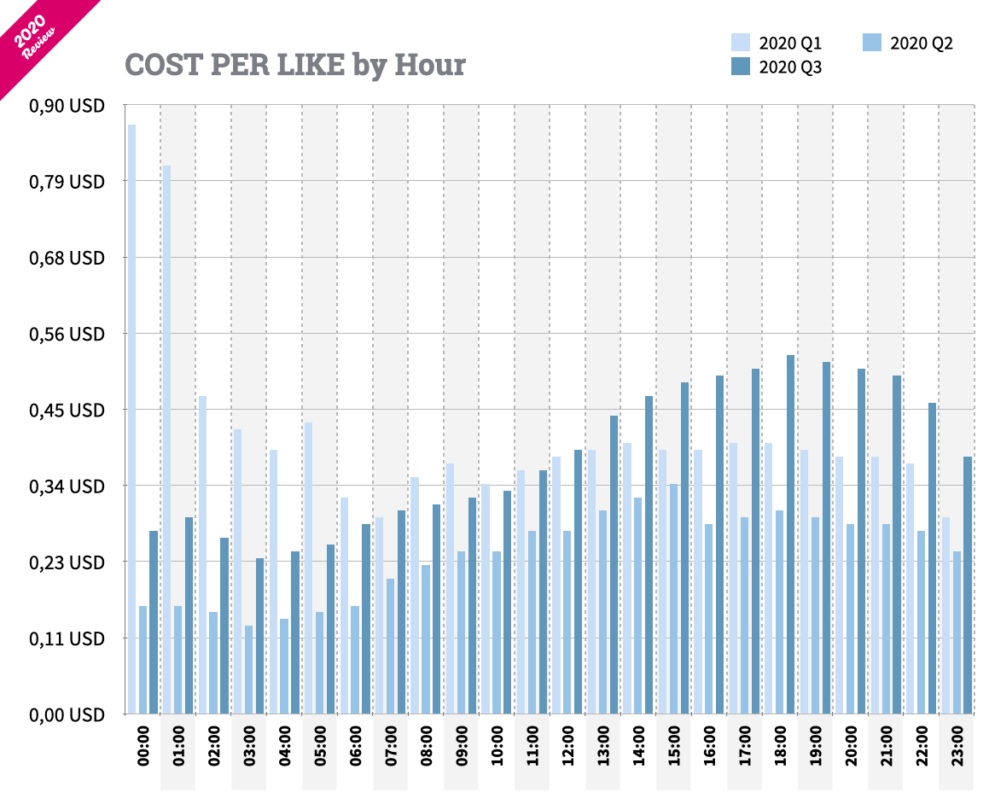
There’s no one-size-fits-all answer to the best time to run Facebook Ads for your business. However, by understanding user behavior and some key factors, you can create a strategic ad schedule for optimal results. Here’s a breakdown of what to consider:
- Weekday vs. Weekend: While the traditional notion suggests weekends are for leisure browsing, user activity patterns are more nuanced. Weekdays might see higher engagement during commutes or lunch breaks, while weekends could be better for reaching users who are more relaxed and receptive.
- Time of Day: Analyze your target audience’s demographics and lifestyle. Busy professionals might be more receptive to ads during mornings or evenings, while parents might be more active on Facebook during nap times or after bedtime routines.
Advertisers and businesses can consider these general user behavior patterns:
- Early Birds: People often check their phones first thing in the morning, making early hours a potential sweet spot for those who wake up and scroll.
- Lunchtime Lurkers: A surge in Facebook usage typically occurs during lunch breaks, offering an opportunity to reach people when they’re ready for a break.
- Afternoon Attention: Engagement may dip slightly in the mid-afternoon as people return to focused work.
- Evening Escape: Look for increased activity in the evenings as users wind down and turn to social media for entertainment.
Remember, these are just starting points. Analyze your audience demographics to pinpoint the times that resonate most with your ideal customers.
How to Schedule Ads on Facebook
Facebook Ads Manager equips advertisers with a scheduling feature, allowing them to time their campaigns for optimal performance strategically. By leveraging this functionality, advertisers can ensure that their ads are displayed during periods when their target audience is most active and receptive. This enables them to maximize engagement, increase click-through rates, and ultimately drive better results from their Facebook advertising efforts.
But, to start scheduling, you need to have a Facebook Ads Manager account, then follow these steps:
- Login to your Facebook account and head to https://business.facebook.com/.
- Click on “Ads Manager” from the menu bar.
- Click the green “Create” button and select “Campaign.”
- Choose your advertising goal from options like “Brand Awareness,” “Traffic,” “Conversions,” etc. This objective will influence the available optimization settings later.
- Define your target audience based on demographics (age, location, interests), behaviors, and more. Consider the insights you gained from the Facebook Ad Library to refine your targeting.
- Under “Budget & Schedule,” choose “Lifetime Budget” if you want to allocate a total amount for the entire campaign duration.
- Click “Show More Options” to reveal the scheduling section. Here, you can choose between:
- Running ads continuously: Leave all days and times selected.
- Specific Scheduling: Select the specific days and times you want your ads to run by clicking on individual hours within the grid.
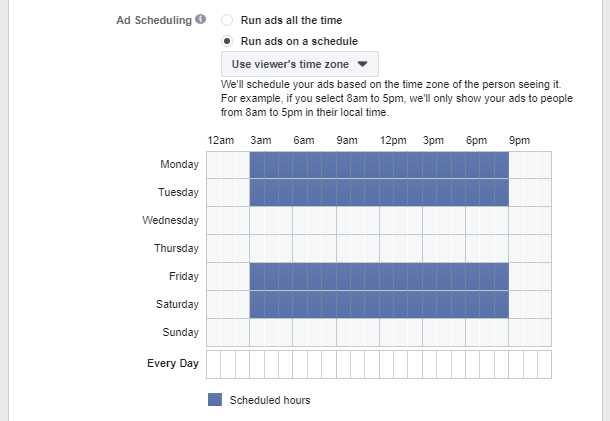
- Design your ad by adding visuals (image or video), crafting compelling ad copy, and including a clear call to action (CTA).
- Double-check your campaign settings, targeting, budget, and schedule.
- Once satisfied, click “Publish” to launch your Facebook ad campaign.
Note: Schedule your Facebook ads to start running 3-4 hours in advance to avoid the potential issue of Facebook ads not delivering.
Tips to Find Best Time for Facebook Ads for Different Industries
The following tips were based on my Facebook customers; however, this might be different from case to case. So, the best solution is to contact a trusted Facebook partner – Mega Digital, for further consultation on how to optimize the best time to run Facebook ads.
- B2B: Weekdays (especially Tuesdays & Wednesdays) during business hours might be most effective. Consider targeting commutes (early mornings/evenings) or lunch breaks (12-1 PM).
- E-commerce: Weekends (especially Sundays) and evenings (post-work hours) often see increased online shopping activity.
- Travel & Entertainment: Weekends and evenings are prime times for leisure browsing and planning. Consider targeting specific days based on travel patterns (e.g., Fridays for weekend getaways).
- News & Media: Align your ad schedule with news cycles. Consider peak usage times during major news events or evenings when people catch up on the day’s headlines.
While specific times might not be universally applicable, here are some best practices to identify the optimal times to run Facebook Ads:
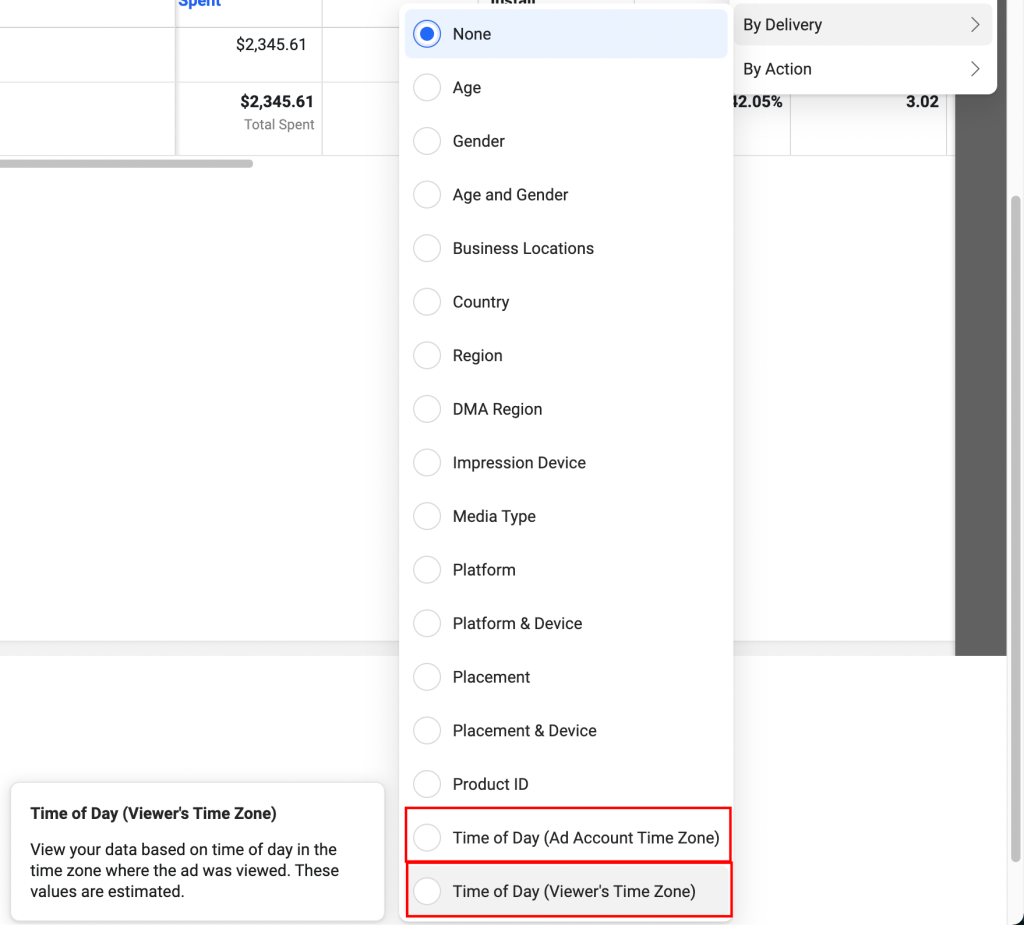
- If your target audience spans different time zones, stagger your ad schedule to ensure visibility throughout the day.
- Facebook Ads Manager offers tools to automate ad scheduling based on pre-defined parameters.
- Be prepared to adapt your ad schedule based on campaign performance and evolving user behaviors.
- If you’ve established successful customer segments, leverage “Lookalike Audiences” to target similar users. Analyze their activity times within Facebook Analytics for insights.
- Research industry reports and social media marketing studies to understand general trends for your specific sector. Use the Facebook Ad Library to analyze competitor ad schedules. While not definitive, seeing when they run ads can offer clues about potential peak engagement times within your industry.
- Set up A/B tests to compare the performance of ads running at different times. Analyze the data to identify the most effective time slots for your audience.
Final Word
Mastering the art of timing in Facebook advertising can significantly enhance the effectiveness of your campaigns. By identifying the best time to run Facebook ads based on audience behavior and engagement patterns, you can amplify your reach, boost engagement, and ultimately achieve your advertising goals more efficiently. Remember to continually analyze and adjust your ad schedules to adapt to evolving trends and preferences or connect with a high-profile Facebook Partner to optimize your campaigns.

